“I’m just not creative.”
“Creativity is for other people.”
“Creativity is a talent. It’s inborn. You’ve either got it or you haven’t.”
Do these thoughts ever come to you when you’re gazing, fascinated, at a stunning piece of textile art? Perhaps you’re awed and overwhelmed by the talent and creativity that appears beyond your reach?
Beyond your reach because you weren’t born with it: with that elusive, mysterious quality of creativity.
Because it is a gift reserved solely for gods and geniuses, while we mere mortals make do with making do.
But is it really as simple as that?
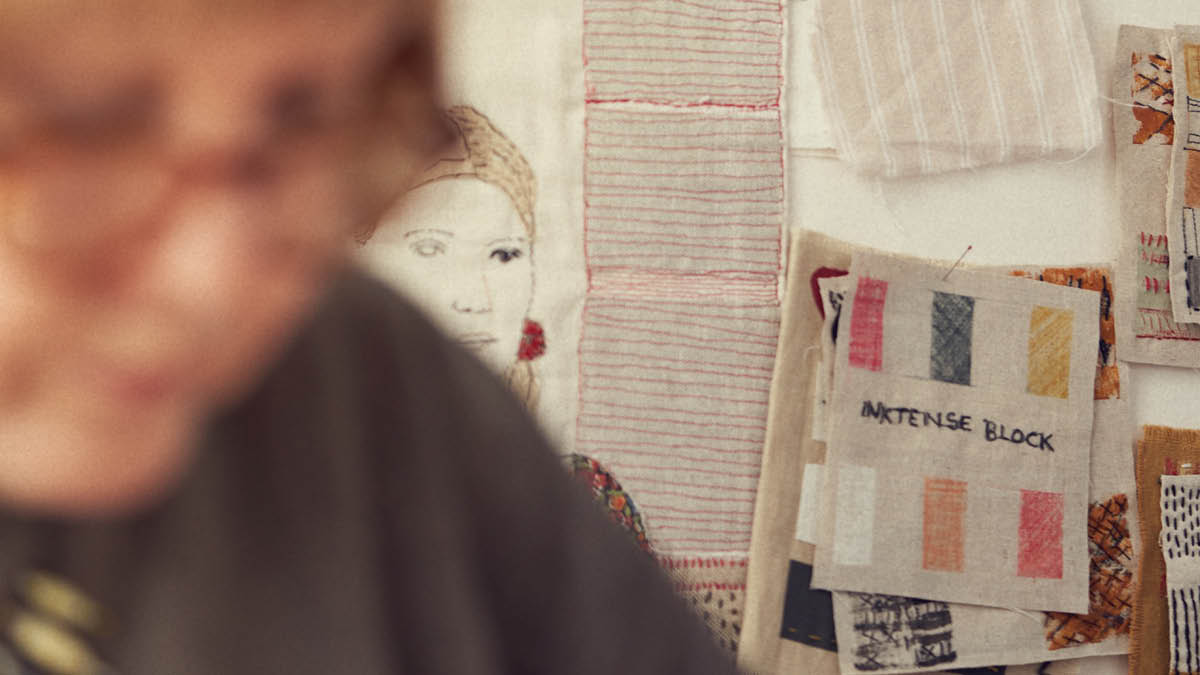
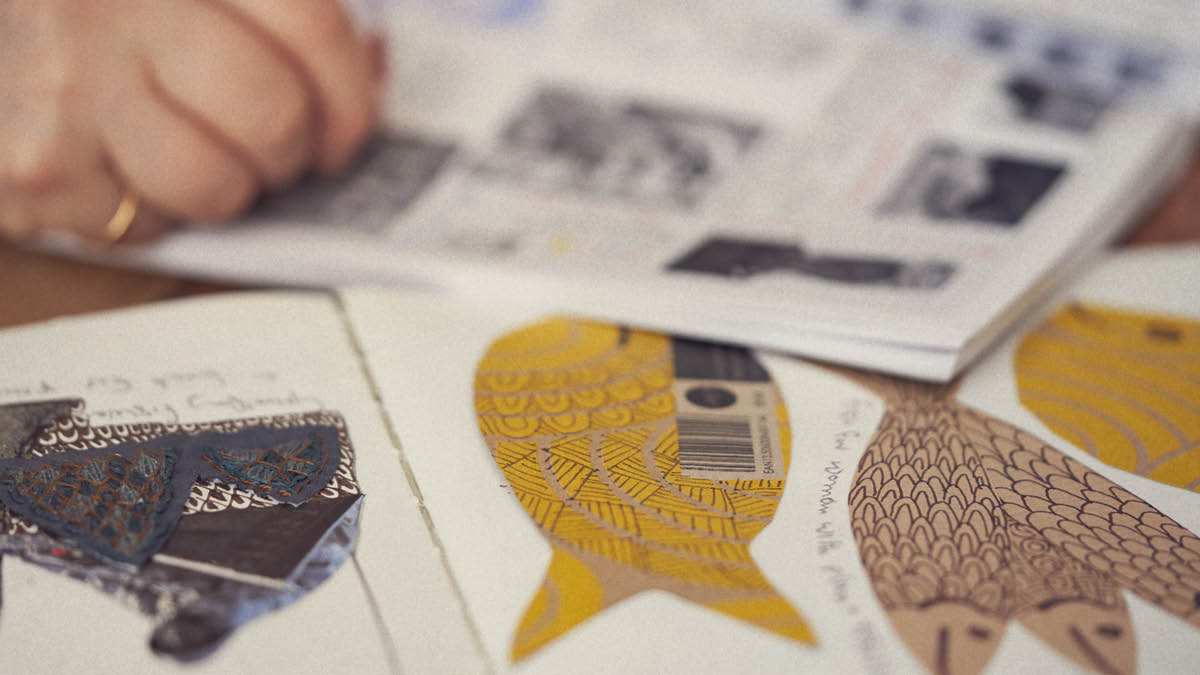
Creative people are made, not simply born
The myth of the creative genius has the power to stop us before we start. It’s the myth that some people are born to effortless creative greatness and that creativity can’t be learned or developed.
It leads us to believe that if our four-year-old selves can’t create the Sistine Chapel with our crayons, then forget it.
Science and real life has busted that myth wide open. Science says we’re all born with creative potential, and we can develop it, much like we can develop a physical muscle.
Yes, there’s a genetic element at play, and a supportive home environment can give us a head start, but our creative potential is limitless.
“Studies have shown the main difference between creative people and others is that the creative people thought they were creative, and the less creative people didn’t think they were.’
Roger von Oech, Creativity Expert
All of us are born with a whole heap of creativity, because we’re human. And what we do with it after that is up to us.
The truth is, Mozart’s creative genius wasn’t born, it was made. Mozart’s dad – the original tiger parent – hired the best piano teachers in Europe, and made him practice for three hours a day – when toddler Mozart was only three years old. If you played piano and wrote music for three hours a day from the age of three, you’d be pretty good by now, too.
“You can’t use up creativity. The more you use, the more you have.”
Maya Angelou
Not everyone can be a Picasso, but we can all paint.
Not everyone can be a Maria Callas, but we can all sing.
Their secret? They worked out. They turned up at their creative gym – the piano, the canvas, the studio – every day. They put in the work and, as their practice grew, their creativity (and their confidence) grew.
And we can do the same. If we exercise our creativity muscle on a regular basis, it’ll grow stronger.
Creativity is like a muscle
We all have a body, and, no matter what shape it’s in or what health challenges it has, that body can become stronger, fitter and more flexible if we exercise it.
And it’s the same with creativity.
We’re all born with creativity and, yes, sometimes things happen to diminish it along the way, but we all have the potential to increase the scope and depth of our creativity – no matter our starting point.
So why not start training your creativity, as you would your body?
By the way, we made a free PDF to go along with this article; in it you’ll discover five tips for building creative muscle. Download the freebie by clicking on the big yellow banner below!
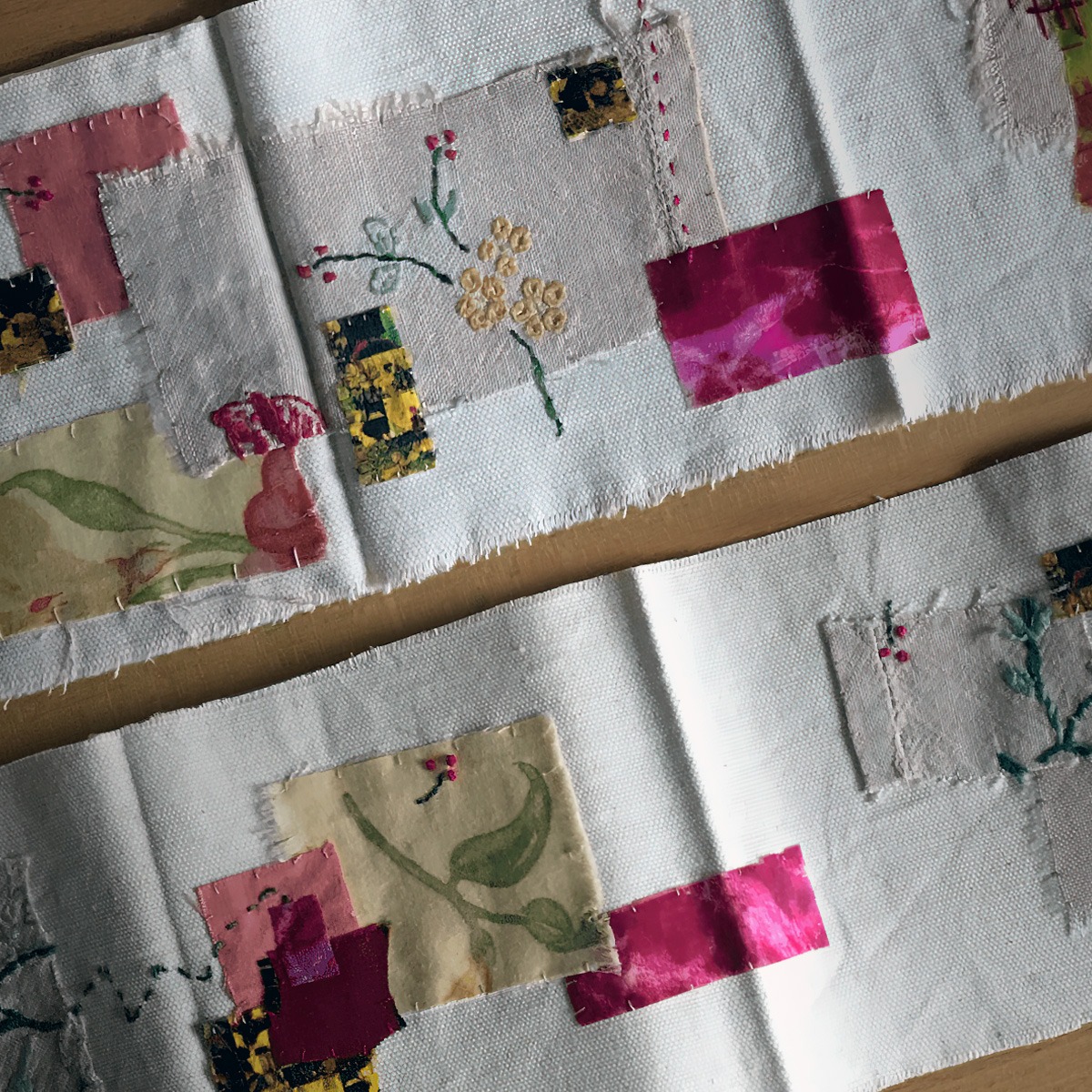
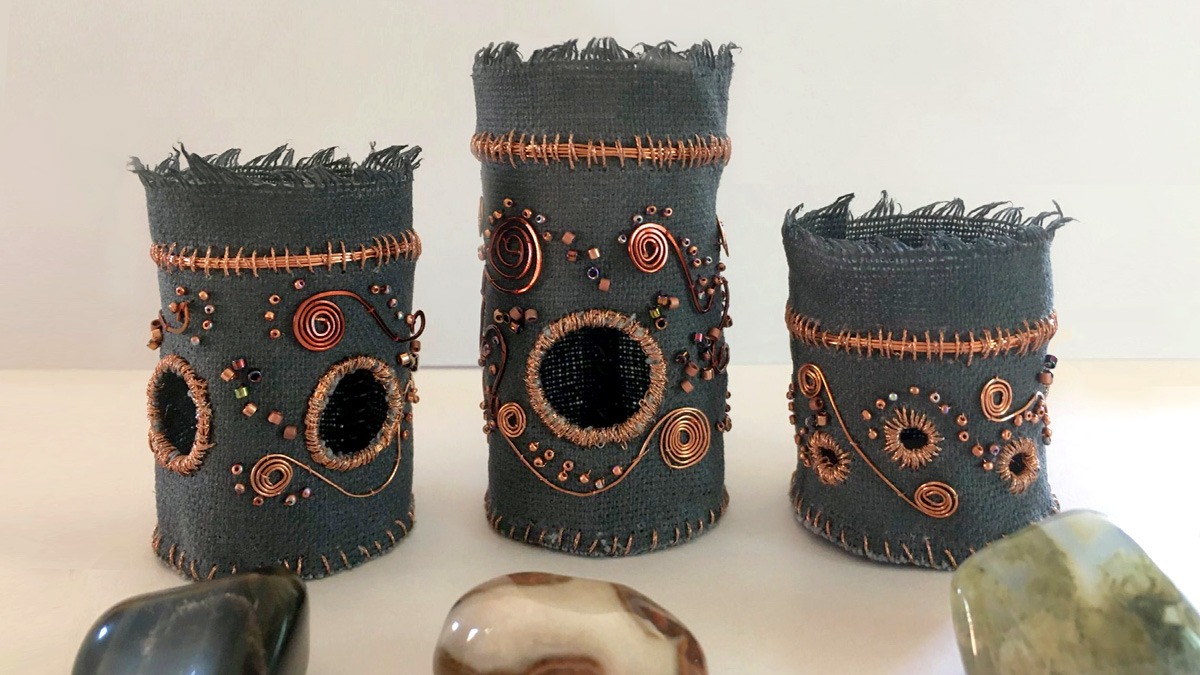
Your creativity training plan
Your creativity training starts here.
As with physical training, you’ll need a schedule and, of course, you’ll actually have to do the work, but key to every session is a creativity-building mindset. When you’re strengthening your creativity:
1. Be patient
Just as one visit to the gym won’t make you an Olympic weightlifter, so it follows that one creativity session won’t have you exhibiting your work at the Tate.
Building your creative muscle takes time and patience. You won’t see overnight results but there will be results – already the neurons in your brain are making thousands of new, creative connections. Regularity and consistency are key.
Just as a weightlifter gradually increases reps and lifts heavier weights, you’ll gradually make more inventive choices and become more productive.
In a workshop led by textile artist Mandy Pattullo, Karen Anderson plucked up the courage to repurpose a cloth her mum had embroidered years ago and cut into it to make a collage. She was even brave enough to dye it with tea…from there, there was no stopping Karen. She incorporated bits of an old bedspread made by her Mother-in-Law, embraced frayed edges and wonky stitching for the first time and even left the threads on the back showing.
2. Be positive
If you’ve been away from physical exercise for a while, you’ll feel a bit rusty getting back into it. The same is true for your creativity.
If, years ago, you dabbled with fabric and stitch, don’t be frustrated if you can’t quite pick up where you left off, technique-wise. Your huge gain is the years of life experience that you can draw on as a source of inspiration.
3. Be courageous
One of the key principles behind strength training is overload. Your muscles, heart and lungs become stronger only when you put them under stress, for instance, by lifting heavier weights, doing longer repetitions or jogging just that little bit further.
Use the principle of creative overload by working outside your creative comfort zone. Look for opportunities to try new approaches to things you found challenging in the past.
Creativity loves surprises, so be open to new ideas. Love colour? Try monochrome. Drawn to realism? Have a bash at something more abstract.
Jane Cook had been stitching for about 60 years when she joined Stitch Club but always in a fairly formal, prescribed way. When she completed a piece in response to a workshop on textile vessels led by Debbie Lyddon she looked at what she’d created and thought ‘did I really make that?’ For the first time she felt she could consider herself to be a textile artist. She told us “I can feel my confidence and skills improve as I experiment with each new project”.
4. Be curious
Your inner critic is not invited to creativity sessions. We must criticize less, and be curious more. With creativity, curiosity beats criticism. Judgement on the worth or value of what you’re creating will block you but curiosity will keep your creative energy flowing.
5. Nourish yourself
Just as athletes focus on nutrition, you need to feed your creativity. Your imagination, memory and curiosity will thrive with regular nourishment. Try taking yourself on a date.
Writer and creativity guru Julia Cameron advocates a weekly artist date.
“It’s a solo expedition to explore something that interests you. The artist date need not be overtly “artistic”– think mischief more than mastery. Artist dates fire up the imagination.”
Julia Cameron
You may choose to wander through nature; to sit in a steam-filled cafe and make up stories about the people you see; to visit the rainbow colours of a sari shop or bask in the shouts and bustle of old-school markets; to absorb the silence of a reptile house or the flitting quickness of an aviary.
The artist date is about you. It’s your choice, your voyage of discovery and you’ll find inspiration at every footstep.
6. Be part of a team
The reason exercise classes and running clubs are popular is because working out in a group can be far more motivating than trying to do it alone. If people are expecting you, you’ll turn up. And you improve so much more quickly with an expert to show you the way. The psychological and social support can give your creativity wings.
TextileArtist.org Stitch Club member Rachael Margeson told us that being part of a worldwide community with access to the support and encouragement of her fellow stitchers is giving her the confidence to develop a voice and what she calls a ‘distinctive stitch footprint’.
And Linda Page felt anxious about joining but quickly discovered that everyone was there to help her. She said, “It’s given me a more experimental way of thinking and expressing myself. I have learned that the only limits are the ones I put on myself. I can be brave and try something simply for the experience.”
Just a reminder about the free gift that accompanies this article. You can download it by clicking on that big yellow button below!
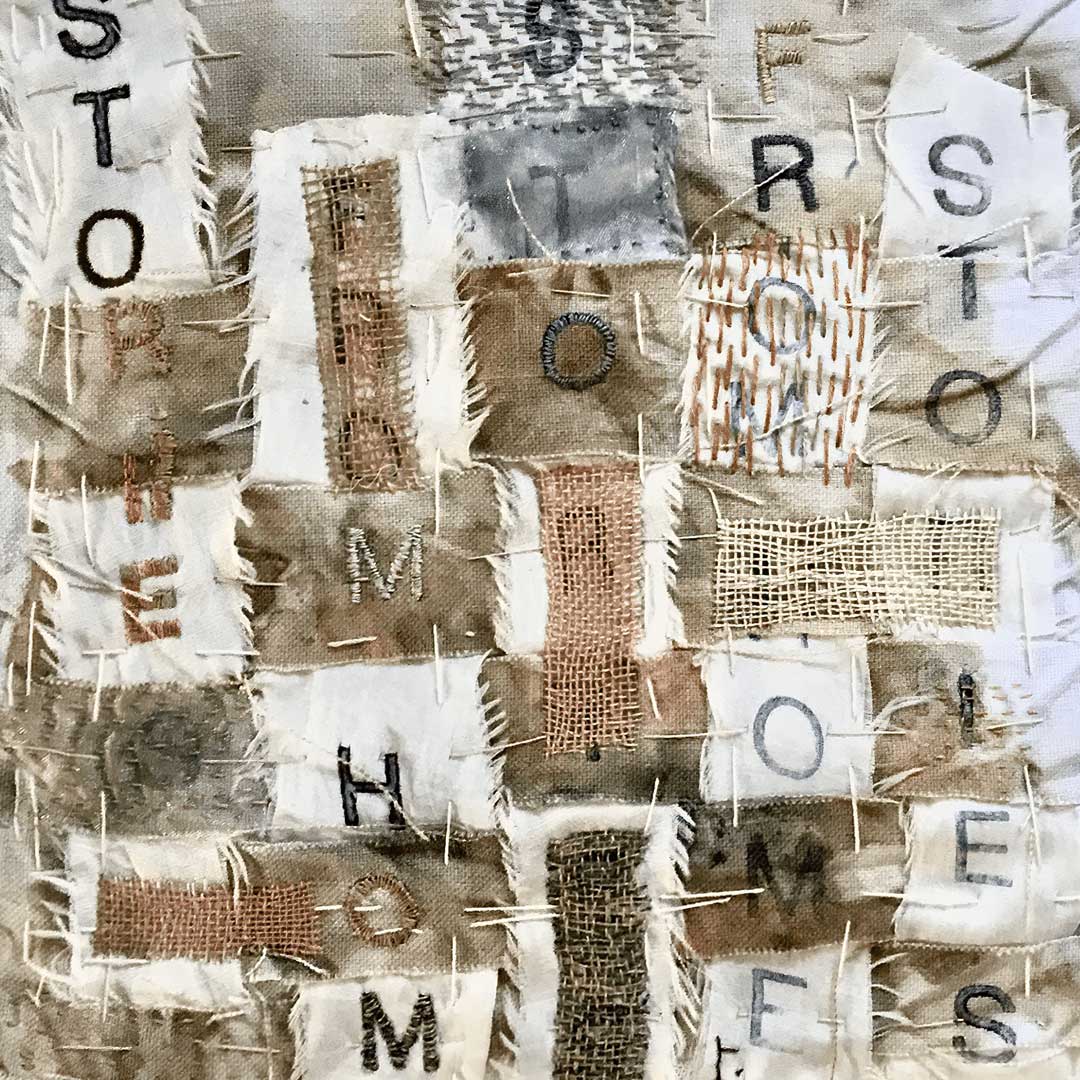
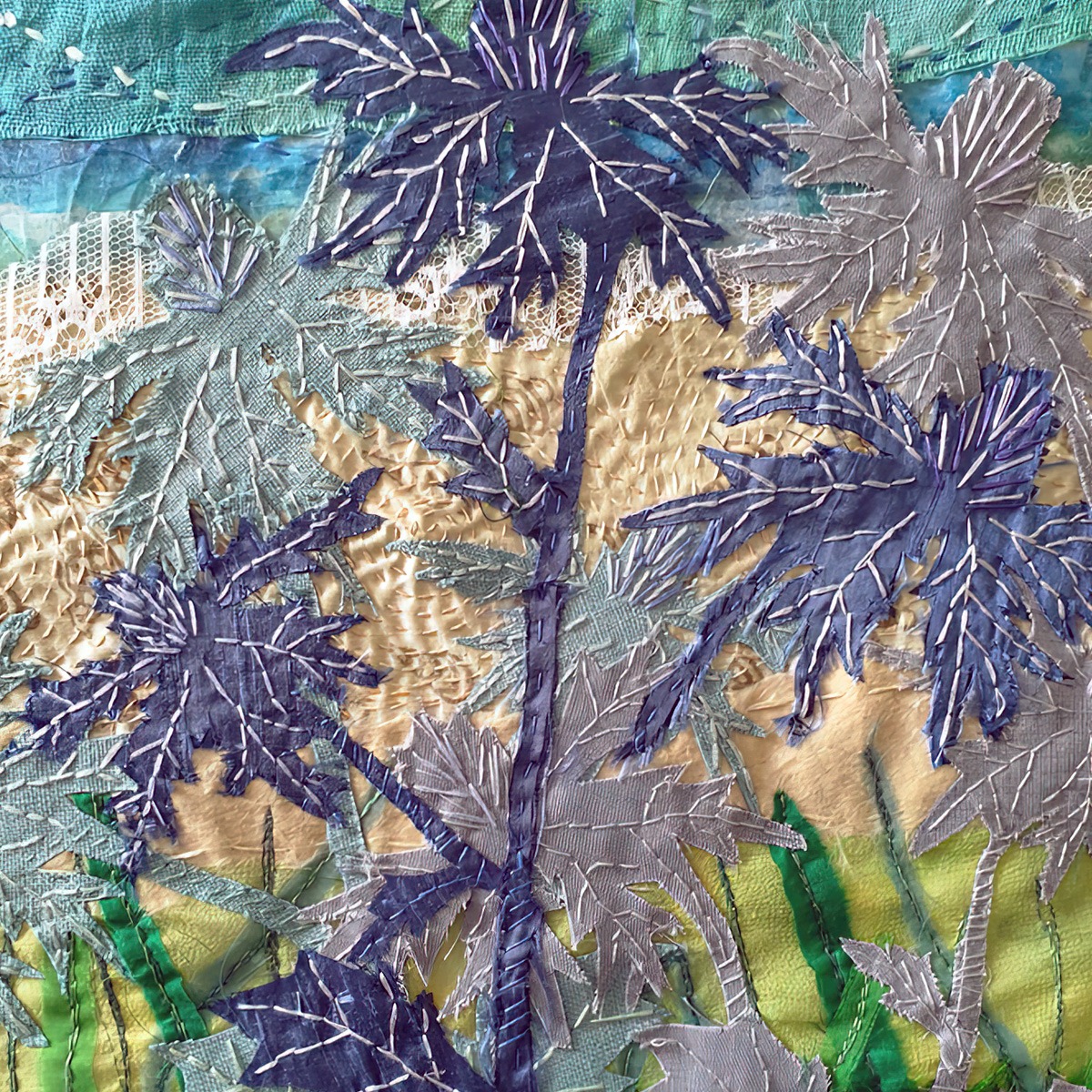
Getting ready to train
Planning is an essential step on the road to building creative muscle. Just hoping it happens isn’t enough.
Here’s how to prepare:
1. Schedule your creative workouts
Give yourself the time, space and peace that you need. Write it on the calendar, put your phone on silent and negotiate a ‘no interruptions unless the house is on fire’ agreement with those you live with. When you know that you won’t be interrupted, your mental mode will shift into creative flow.
2. Get your kit together
You don’t need a whole heap of kit to be creative, but it helps to reduce the barriers by having your stash to hand. You might also need a voice recorder app on your phone to record ideas, or a creativity journal – a simple exercise book or notation app you’ll use to reflect and grow. Artist Carolyn Saxby keeps a “gathering book” of things that inspire her.
“Creativity is not a talent. it is a way of operating.”
John Cleese
Creativity workouts
Creativity loves consistency but it can also thrive on variety, so each of your creativity sessions can be different in what you do, where you do it and how long you do it for. Here are some ideas to get you started:
The warm up
1. Create your ritual
Rituals prepare our brain and body for what we’re to do next. Just as athletes have a favourite running top or mantra, think about how to start your session.
It can be as simple as a cup of tea in your ‘creativity mug” or as weird as summoning the creativity genii that lives in your wall, as the Romans did. You’re preparing your brain to be creative. Your creativity is putting on its walking shoes.
2. Play the ideas game
Start each session by writing down ten themed ideas, textile-art based or otherwise, or both – the choice is yours. Nothing is off limits. The game works your creativity and gets you in touch with things that resonate with you. You could list ten:
a. Things you’d make for your first fantasy exhibition
b. Colourways you like
c. Qualities you like about owls
d. Portraits you’d stitch
e. Reasons you love the seaside (or the city, or your dog Chuffy)
f. Things you remember from childhood
If you play the ideas game twice a week, you’ll have over 160 ideas every month to refer to for inspiration, and you’ll have strengthened your creativity.
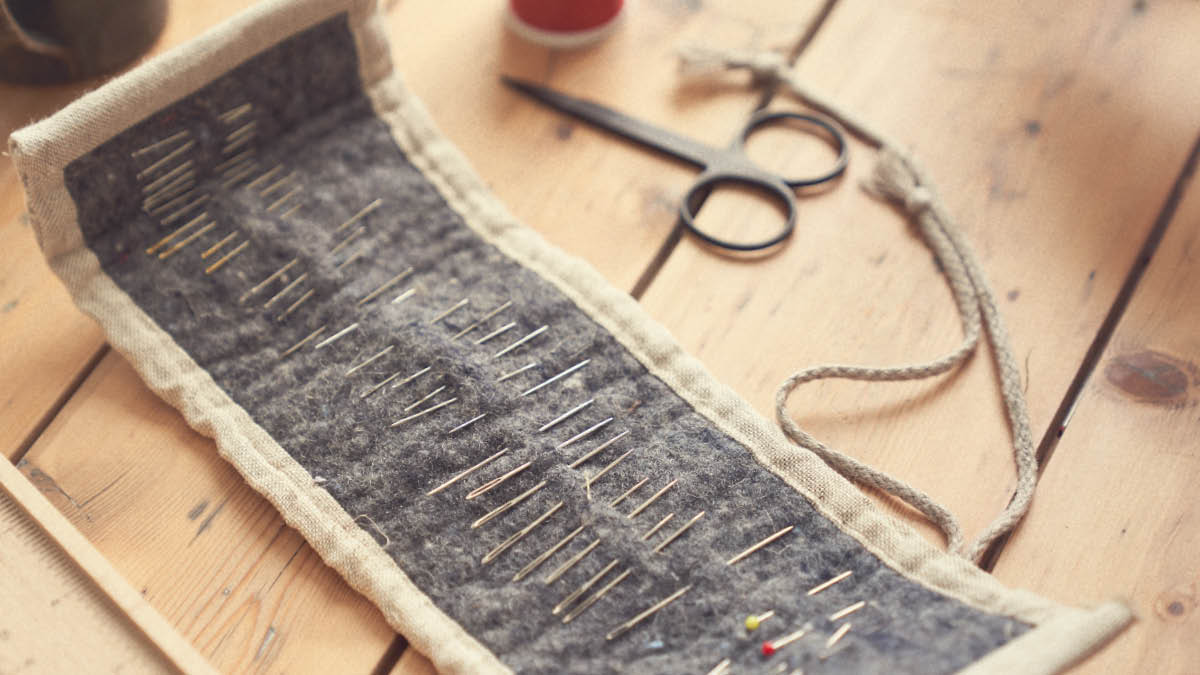
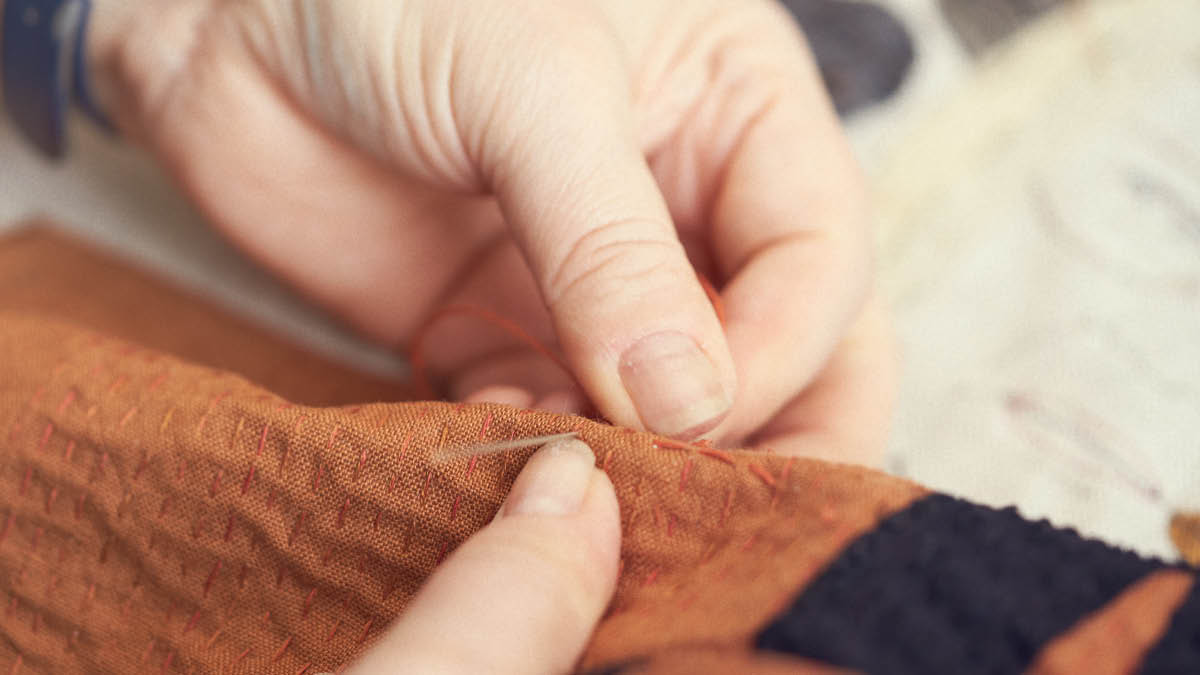
Main creativity-building sessions
Once you’ve warmed up, it’s time to workout! Here are some ideas to get you started:
Interval training
Creativity intervals are short bursts of creating. You’ll practice being more creative with less. Try:
- Limiting your time: Put the clock on for 30 minutes, and you’ve no time to think. You just have to do. Grab your materials and get creating.
- Limiting your materials: Restrict yourself to playing with three simple stitches, three fabrics or three threads to push the boundaries of what you can do with them. This is an exercise that UK textile artist Sue Stone often uses to expand her creative possibilities.
Work on one design
When you work on a single design, repeating it over and over, it allows you to explore its possibilities. It’s an experimentation in action – how does it look with bigger or smaller stitches, with neater or crazier ones? The more you look, the more you see.
Take part in online workshops
Seeing how others approach their own creativity can stimulate yours. You’ll learn new techniques and approaches that you can play with.
“After just a few online workshops, my approach to material and techniques has become freer. In retrospect, it feels like my love of textiles was lying dormant in a corner of my being, and now it’s bloomed.”
Marie Haass, Stitch Club founding member
Embrace your inner copy-cat
As a means to an end, there’s nothing wrong with copying. By studying and repeating the methods of artists you admire, you’ll discover your own personal responses to those processes and your results will eventually be different. You’ll recreate it in your own style, uncovering aspects of your artistic voice as you work.
“Good artists borrow, great artists steal.”
Pablo Picasso
The cool down
Just as the cool down is a vital part of a physical training session, it’s also important when you’re developing your creativity. An essential part of your cool down is reflection.
You might like to ponder on questions such as:
- What did I accomplish today?
- What’s important about what I did?
- Are there patterns in what I’m doing?
- How can I use what I did today?
You might also like to jot down some ideas to fast-track the start of your next creativity-building session, for instance: “Next time I’m going to work backstitch but on that hessian, rather than the linen. Can I get it to look more rustic?”
Uncover your creative potential… stitch by stitch
Creative confidence won’t come overnight. But it won’t come at all if you don’t start to work at it. So why not give yourself the gift of time for the deliberate practice of creativity? And eventually you can say, with a smile, “I am creative.”
How do you ensure you are nurturing your creativity on a regular basis? Share your tips in the comments section below.
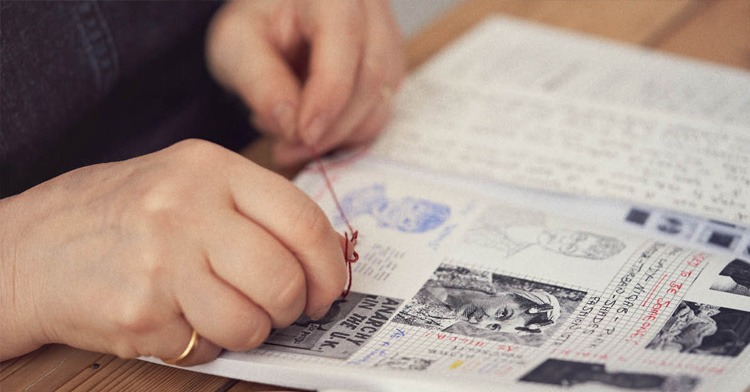

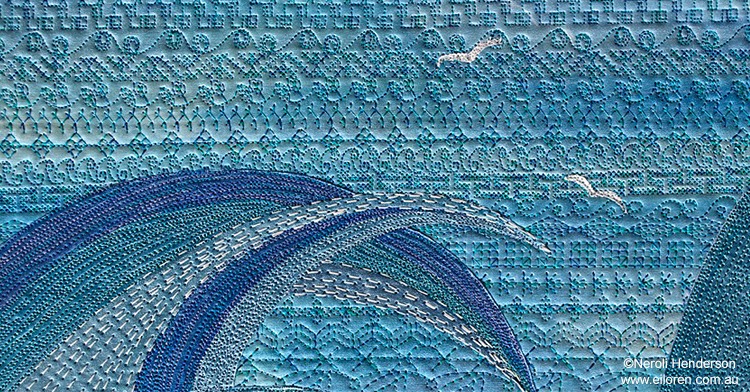
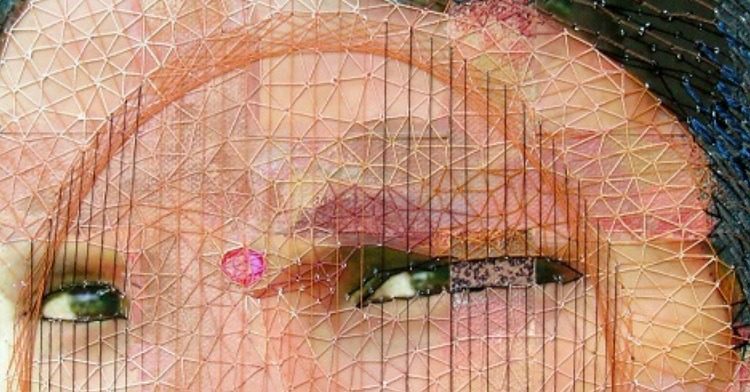
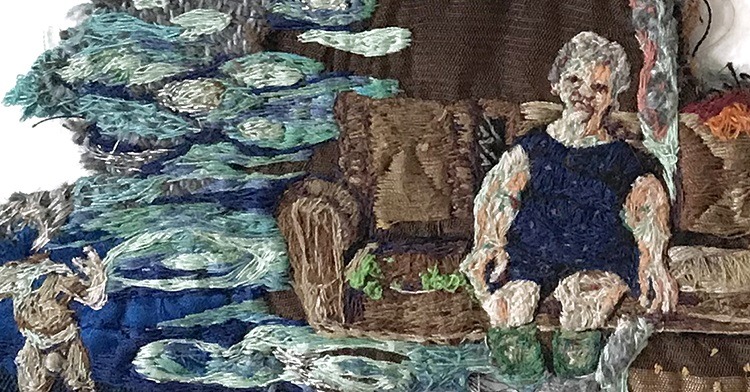
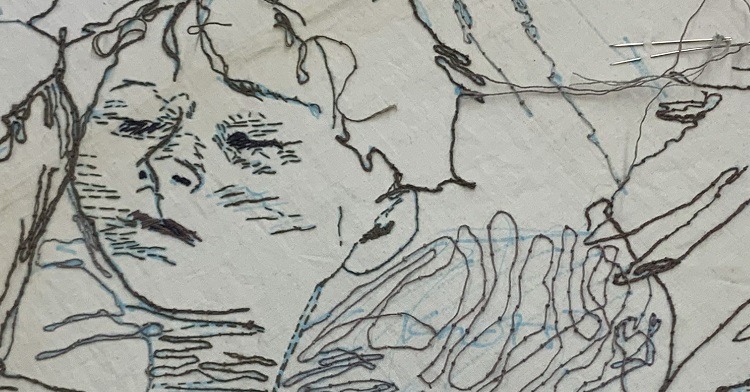
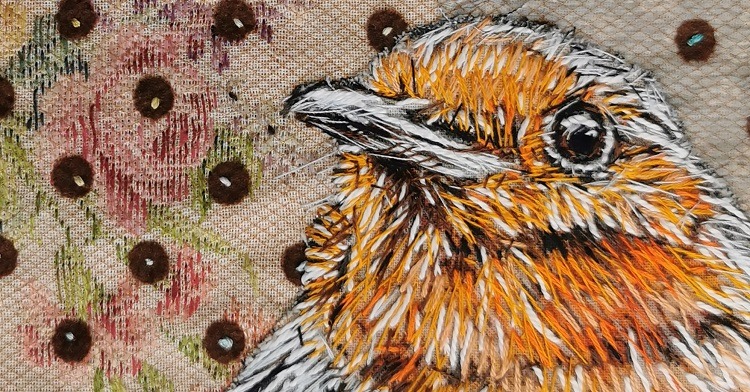
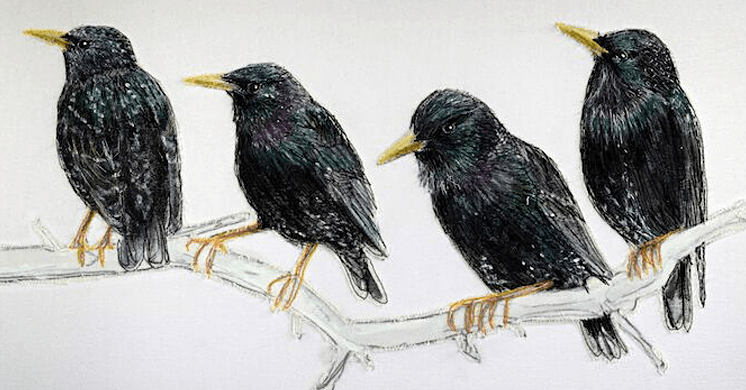
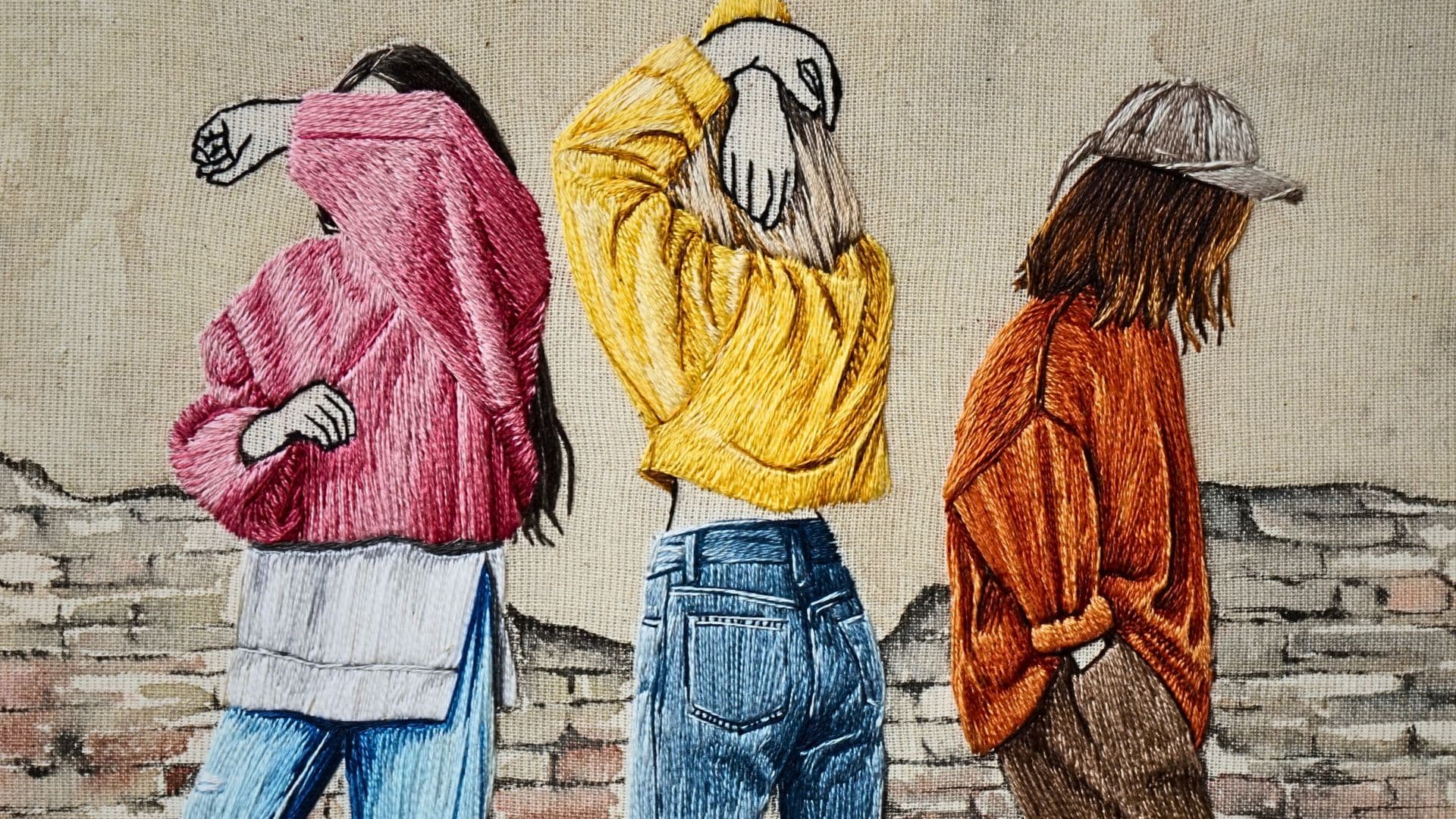


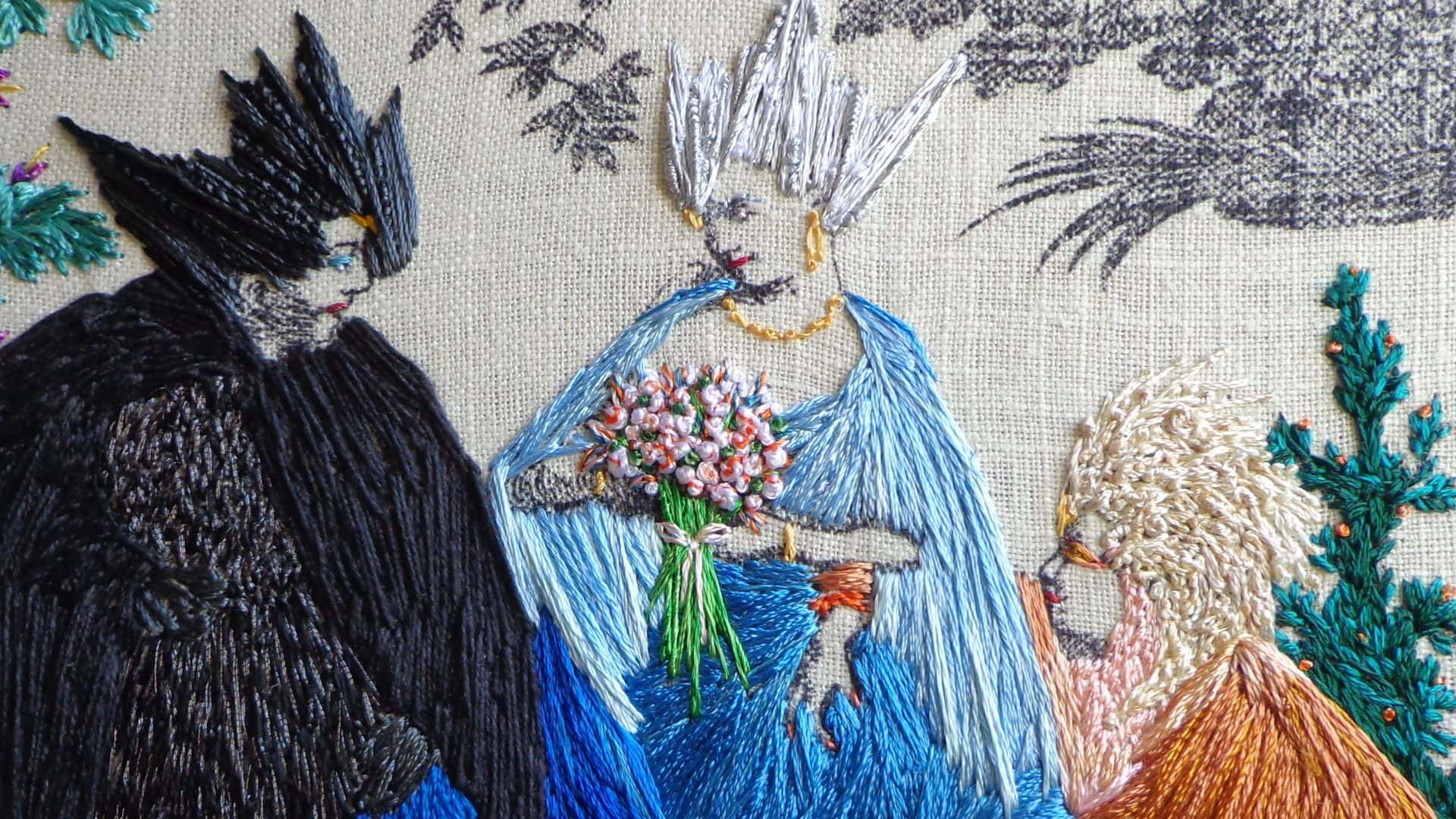
2 comments
Helen C
Hello, I really enjoy receiving your newsletter and feel really awestruck at the amazing range of textile artists and art displayed. The structure of your interviews is both informative and provocative. Thank you.
Could you please tell me whether it’s possible to join the Stitch Club and if so what are the requirements. I enjoy stitching and machine sewing both but have always been pretty ‘stitched up’ in my approach. Your newsletter has shown me that there are so many other ways to work with textiles.
Thank you.
charlotte
Hi Helen,
Thank you for your kind words about our articles, I’m so pleased to hear you are enjoying them. You can sign up to our waiting list for Stitch Club by following the link here: https://training.textileartist.org/stitchclub-closed/. Do keep an eye out in our newsletter over the next couple weeks to find out more about when Stitch Club opens again and some other exciting opportunities for our community too!
Best wishes,
Charlotte from TextileArtist.org